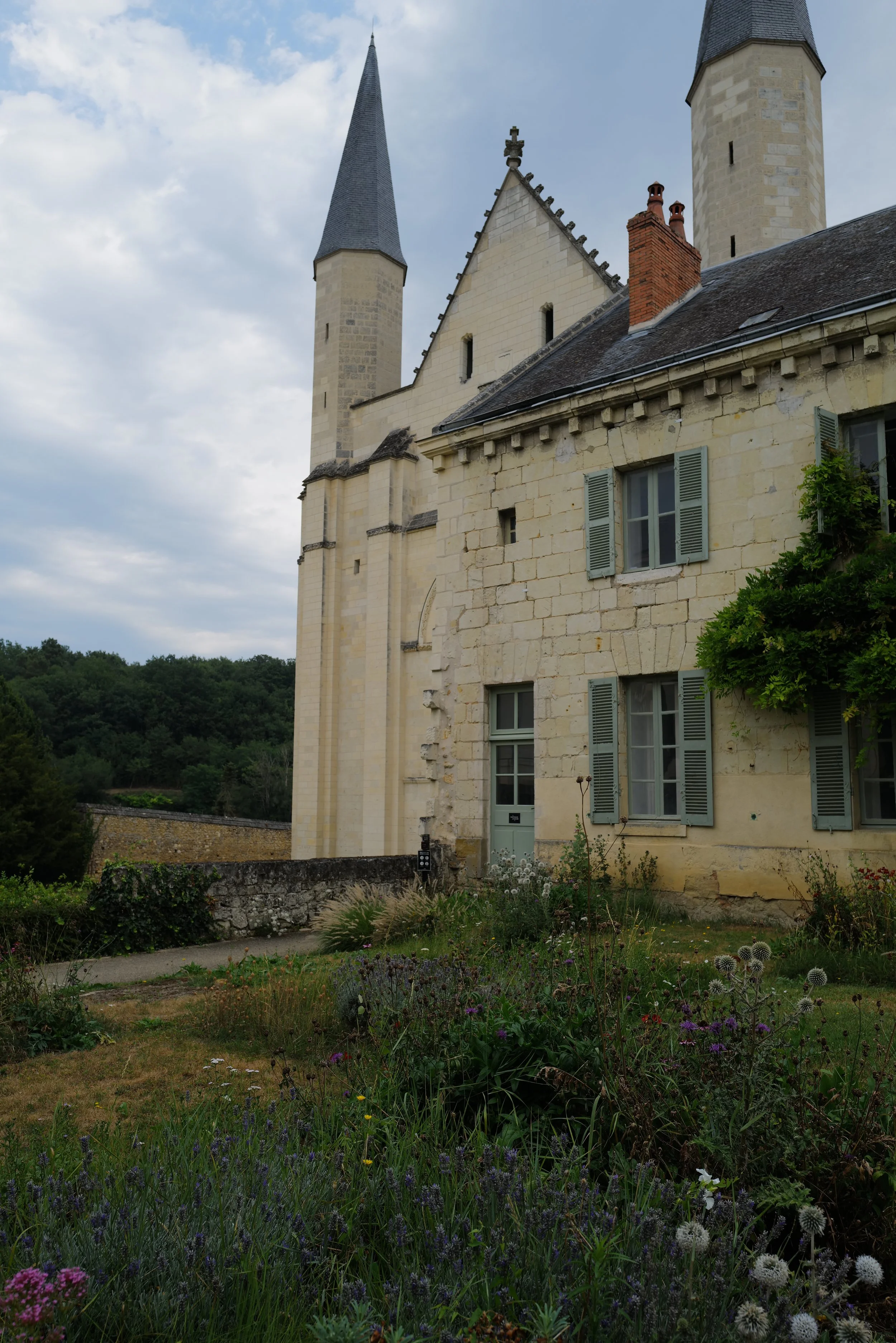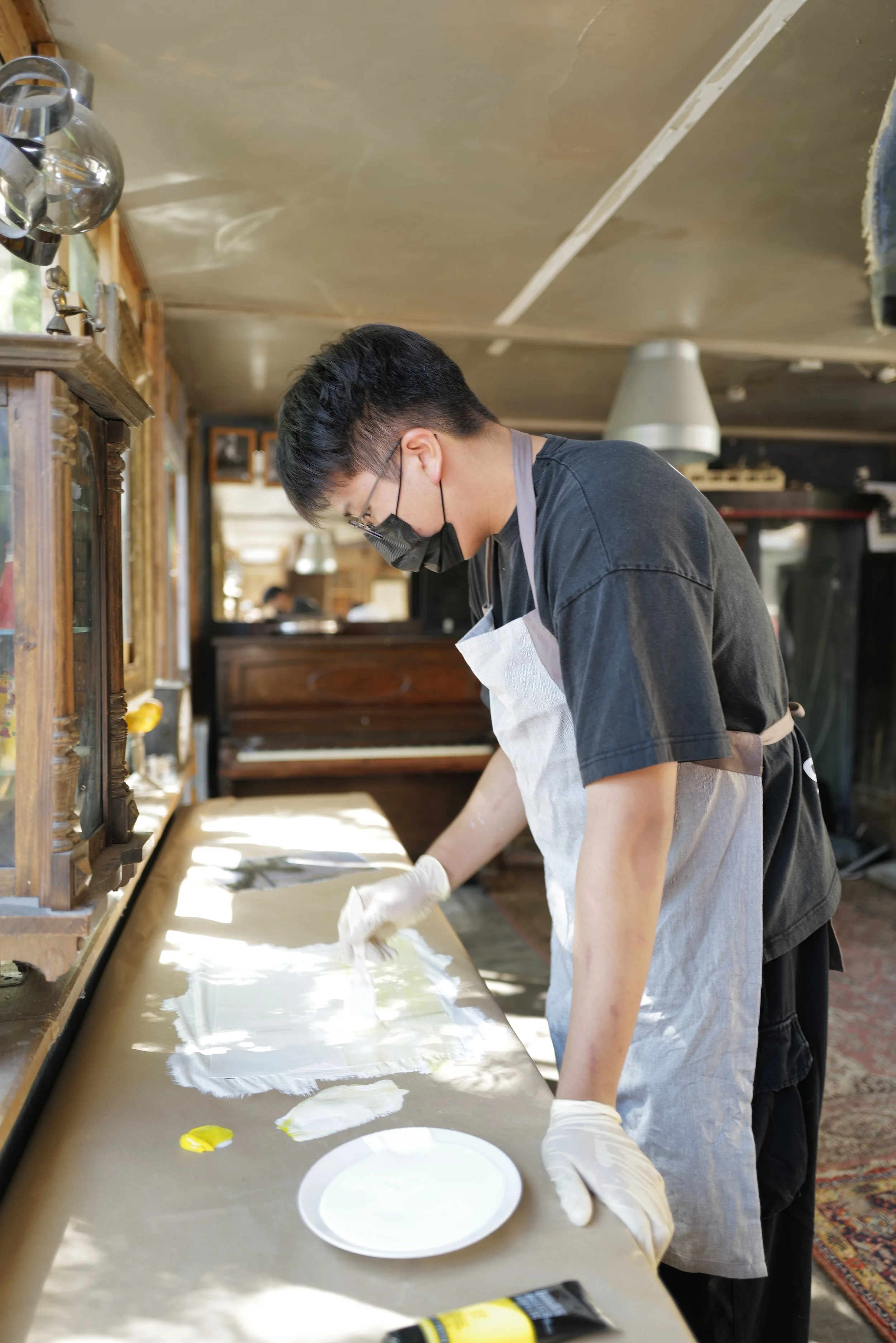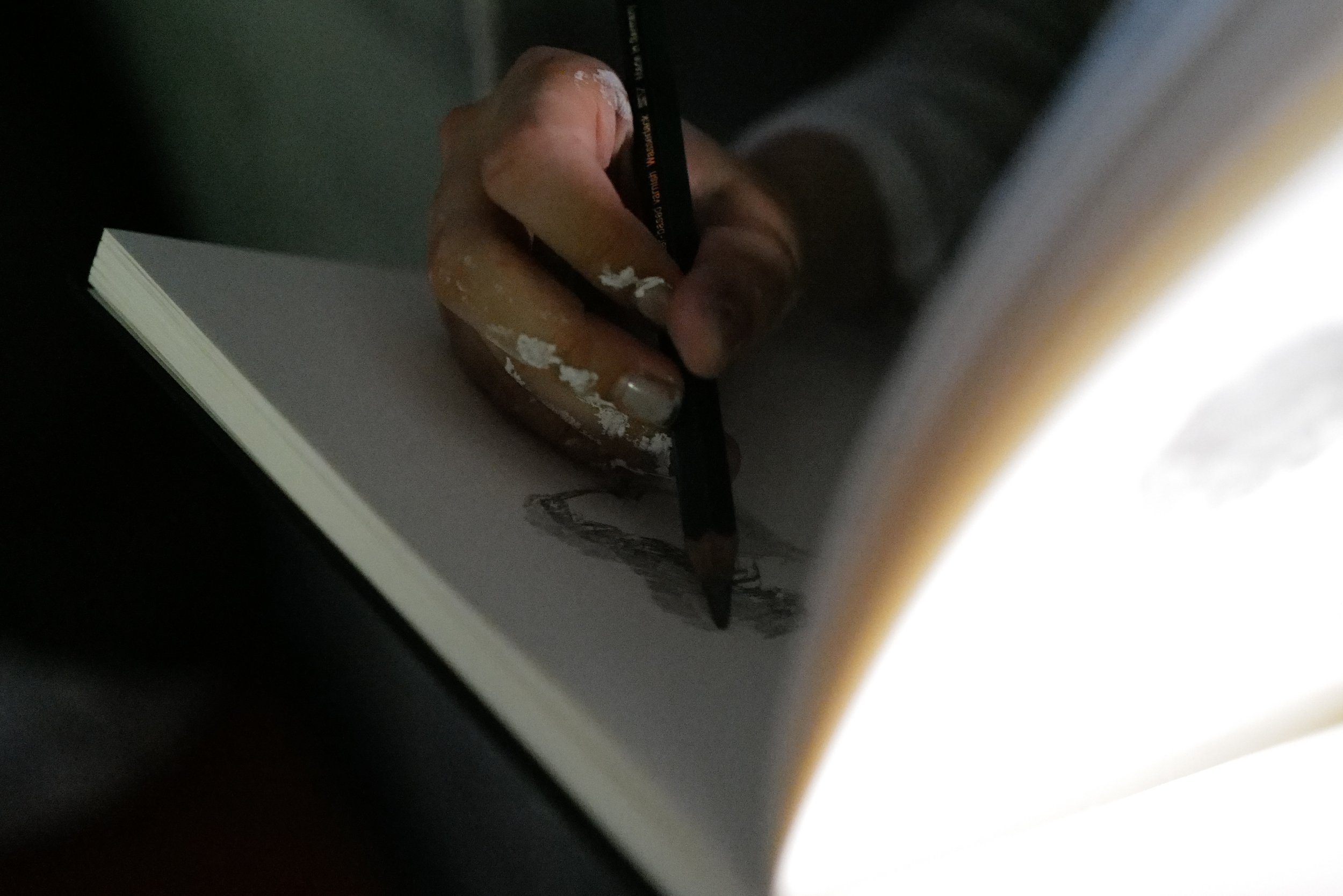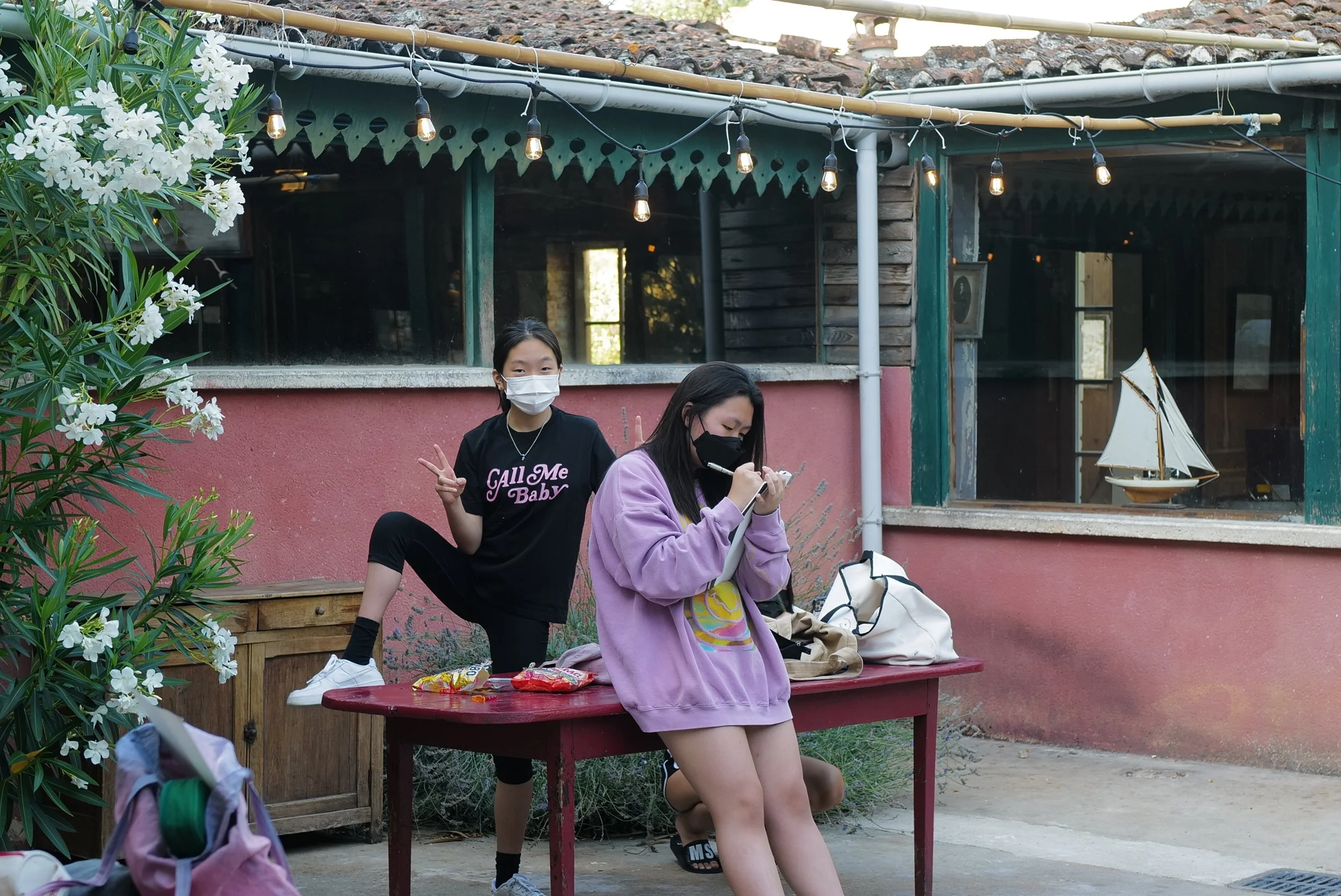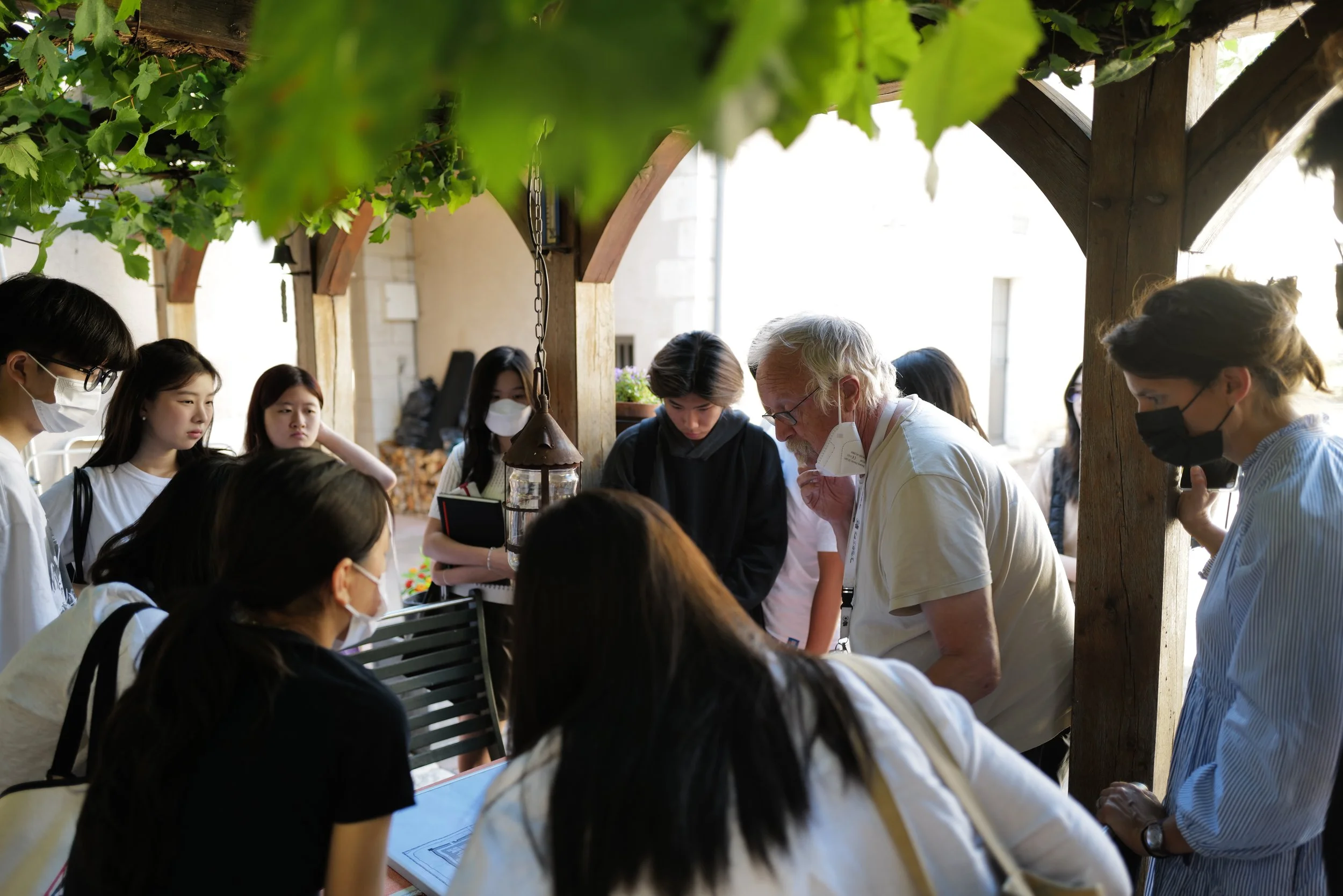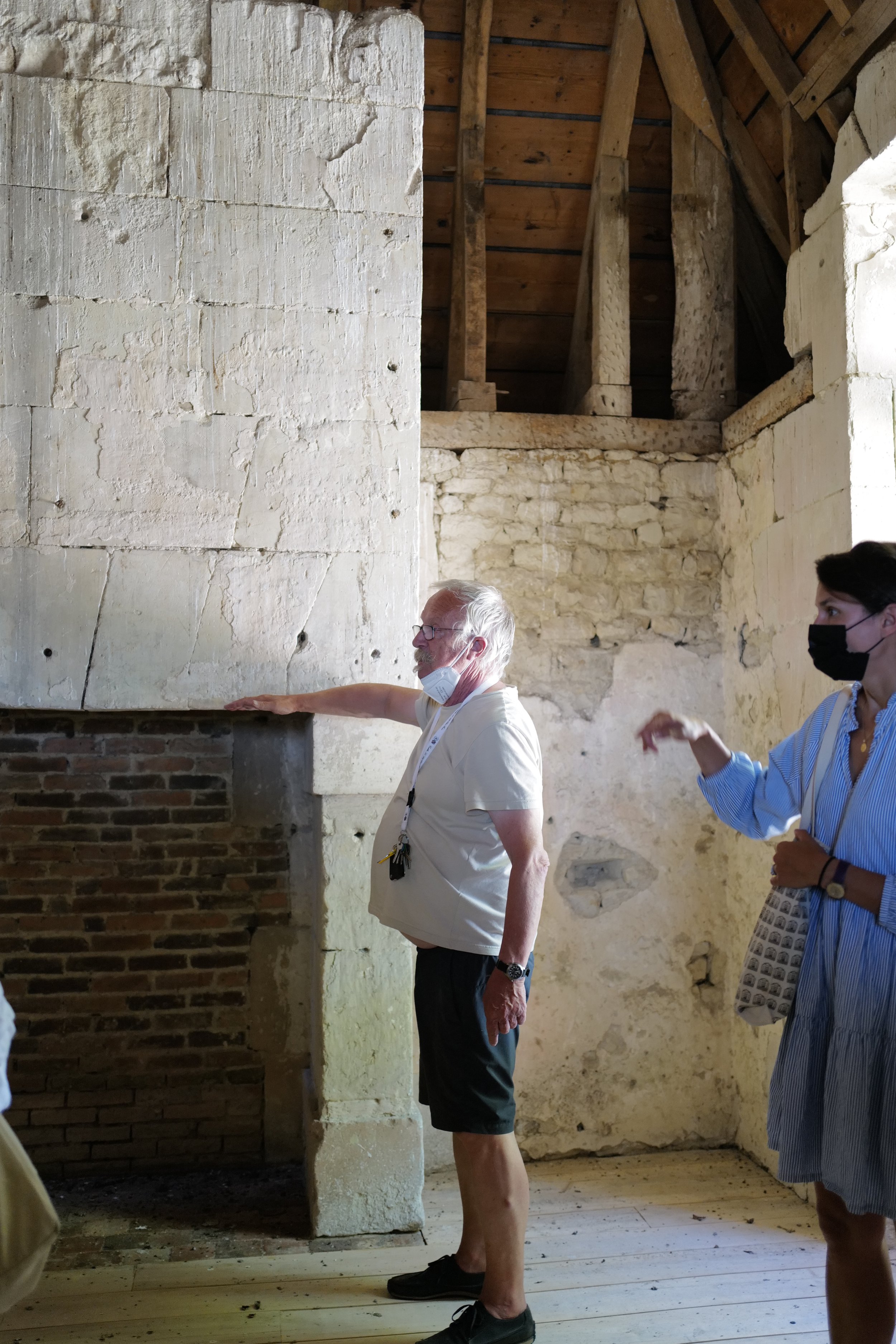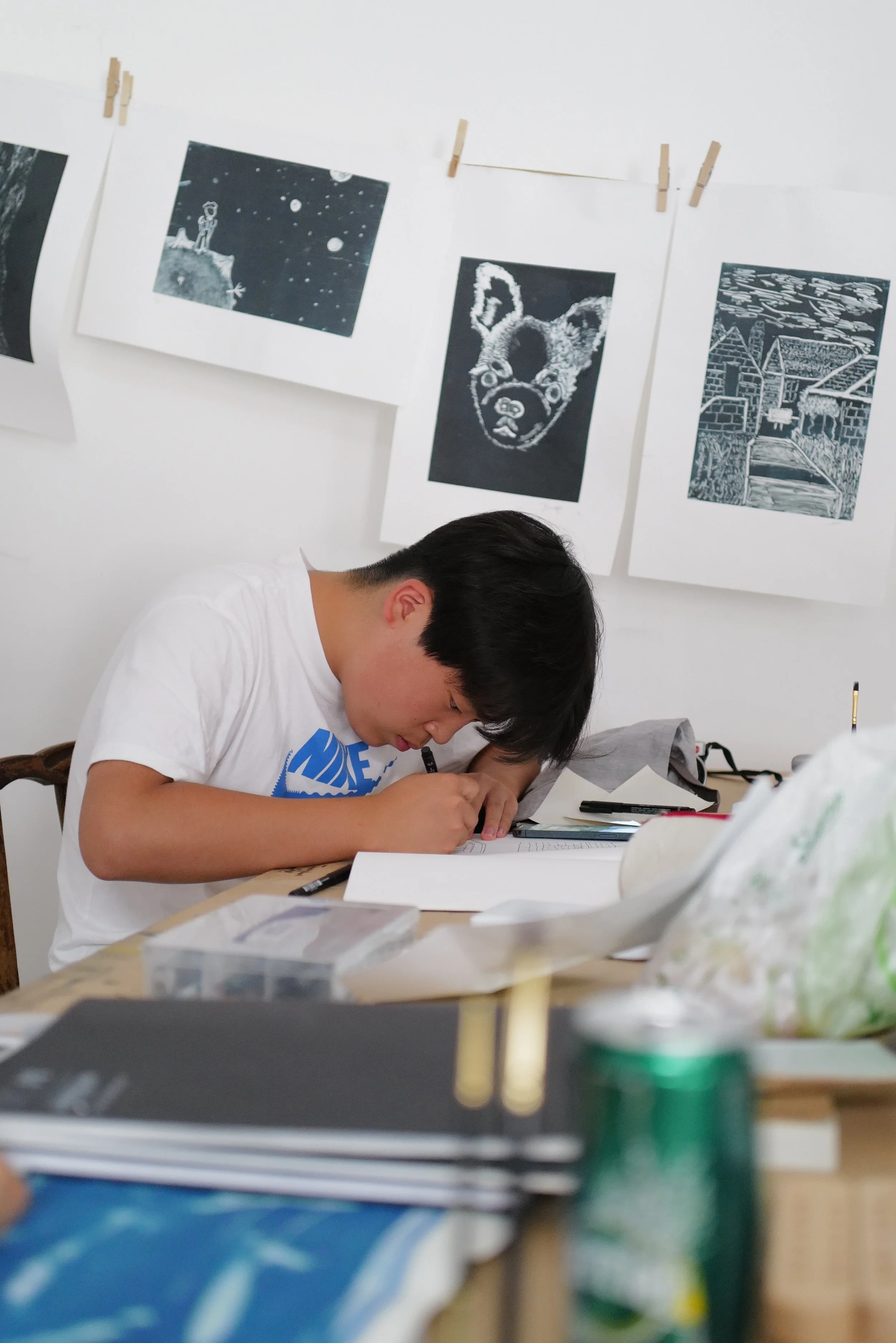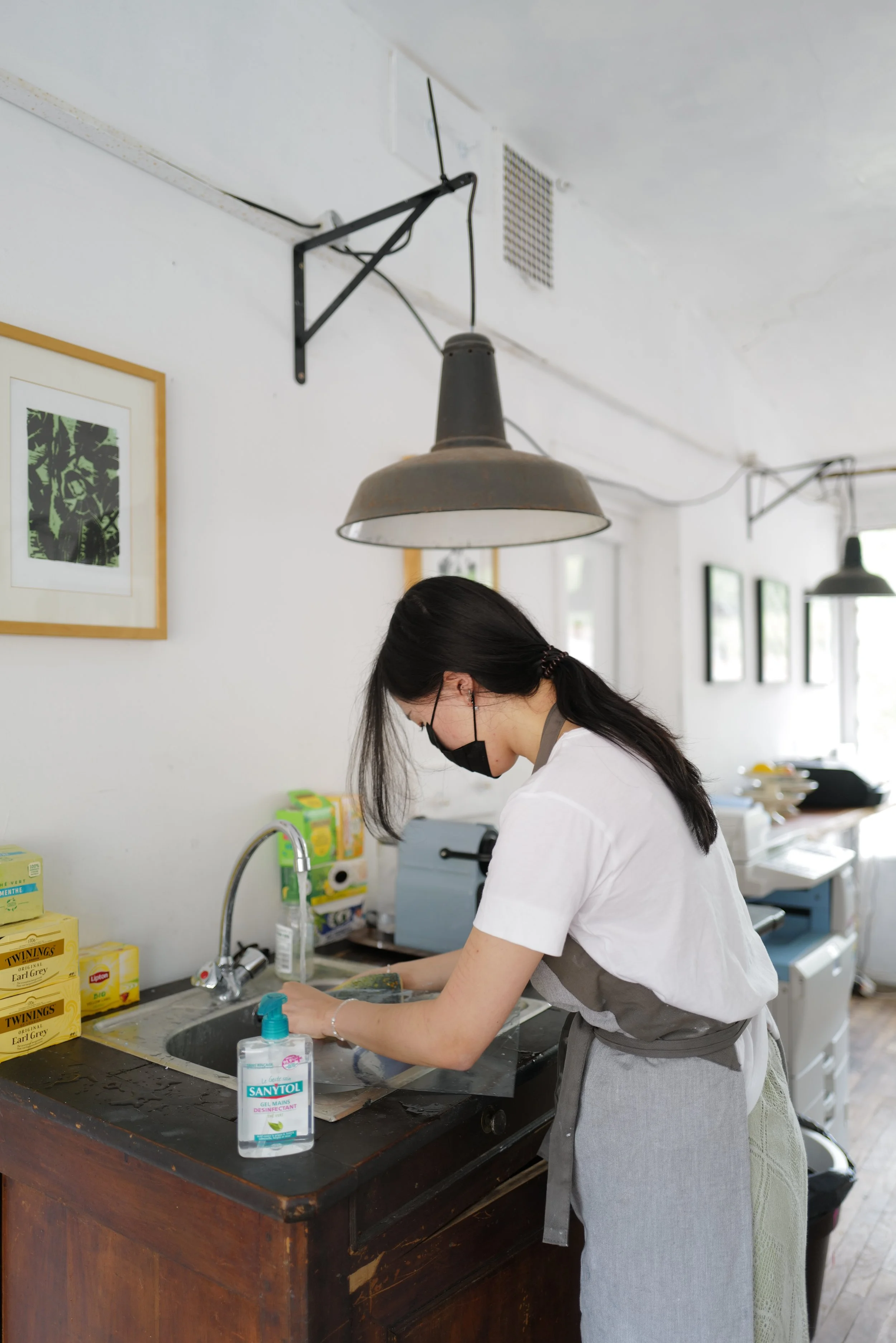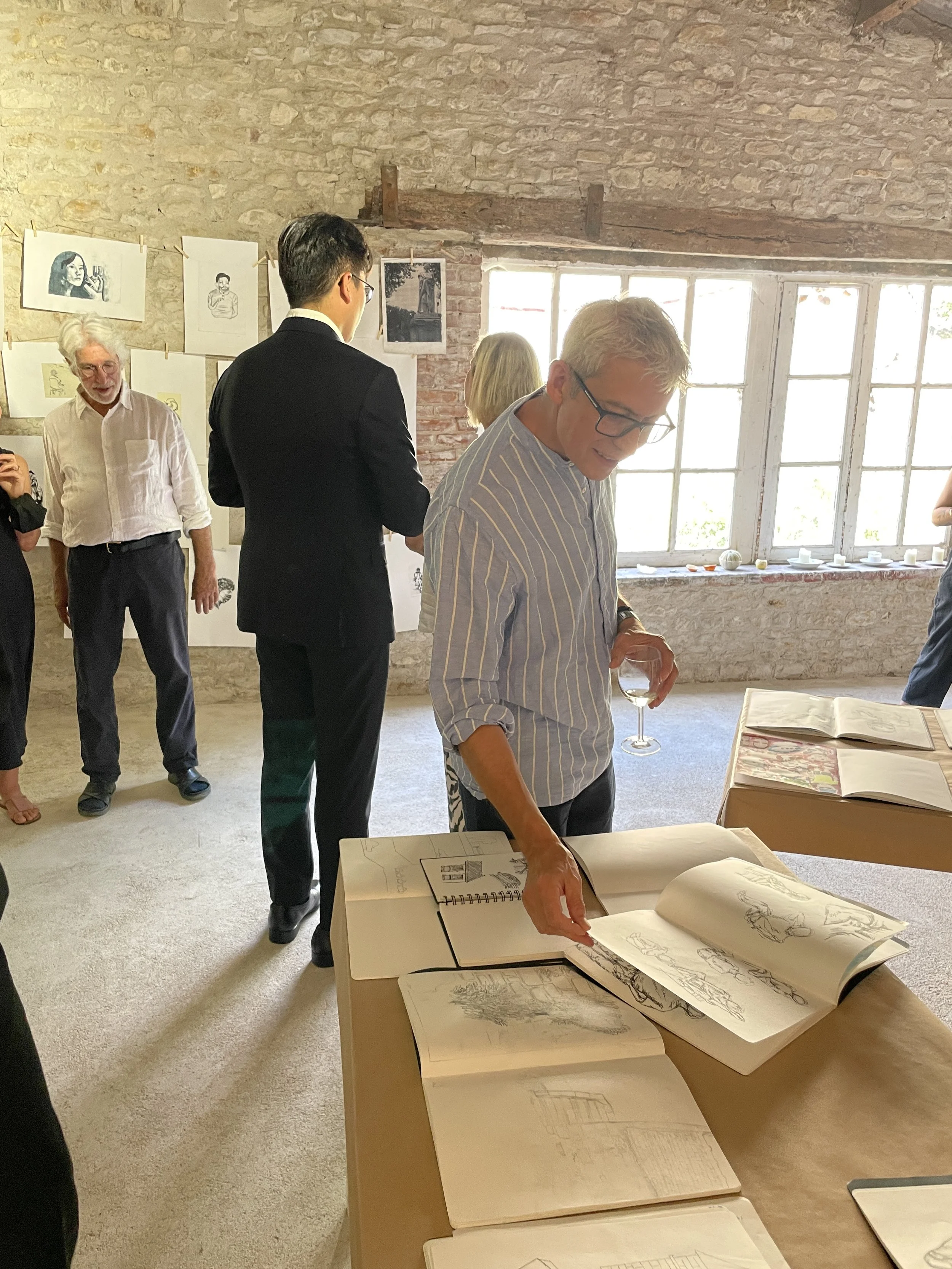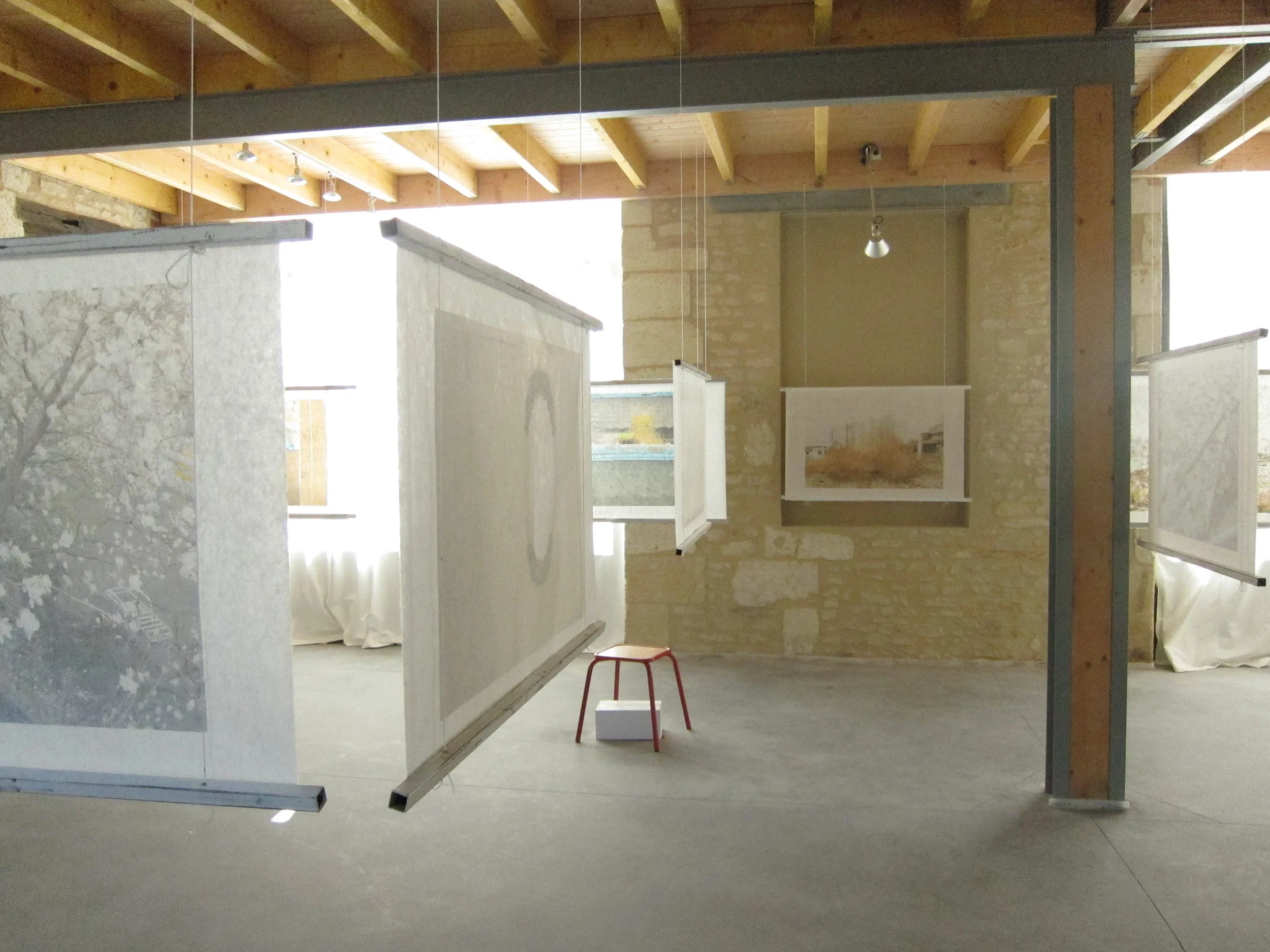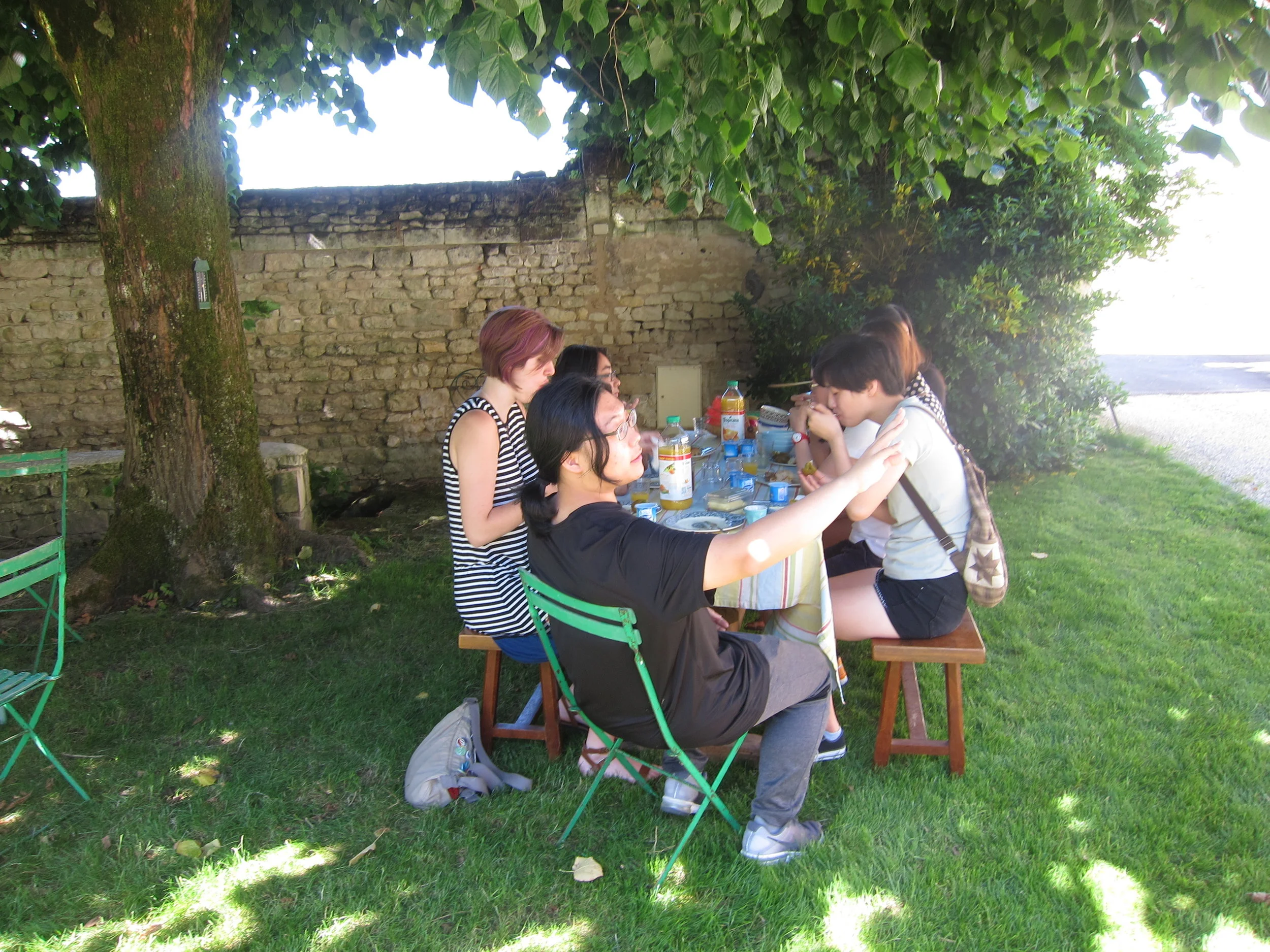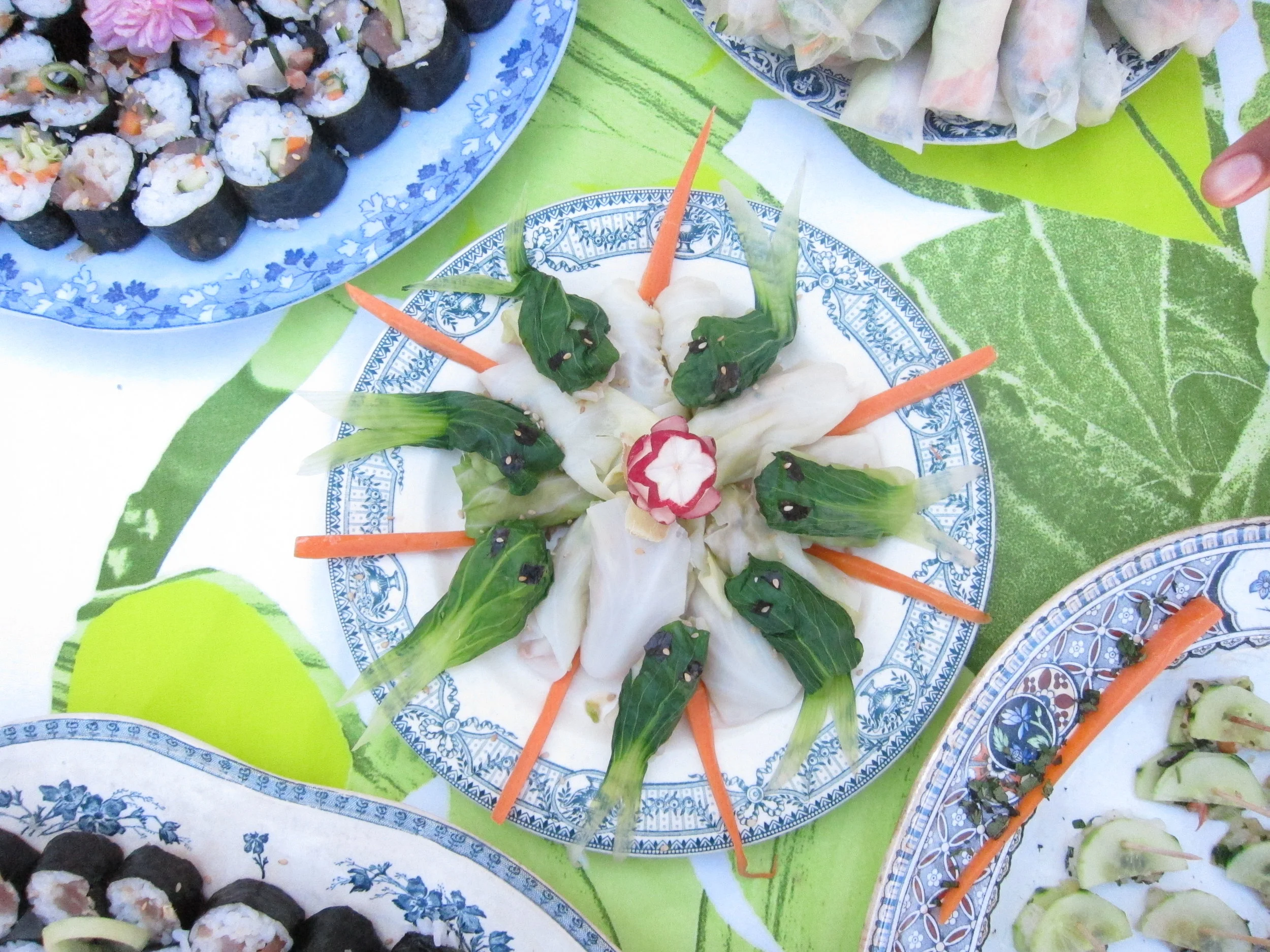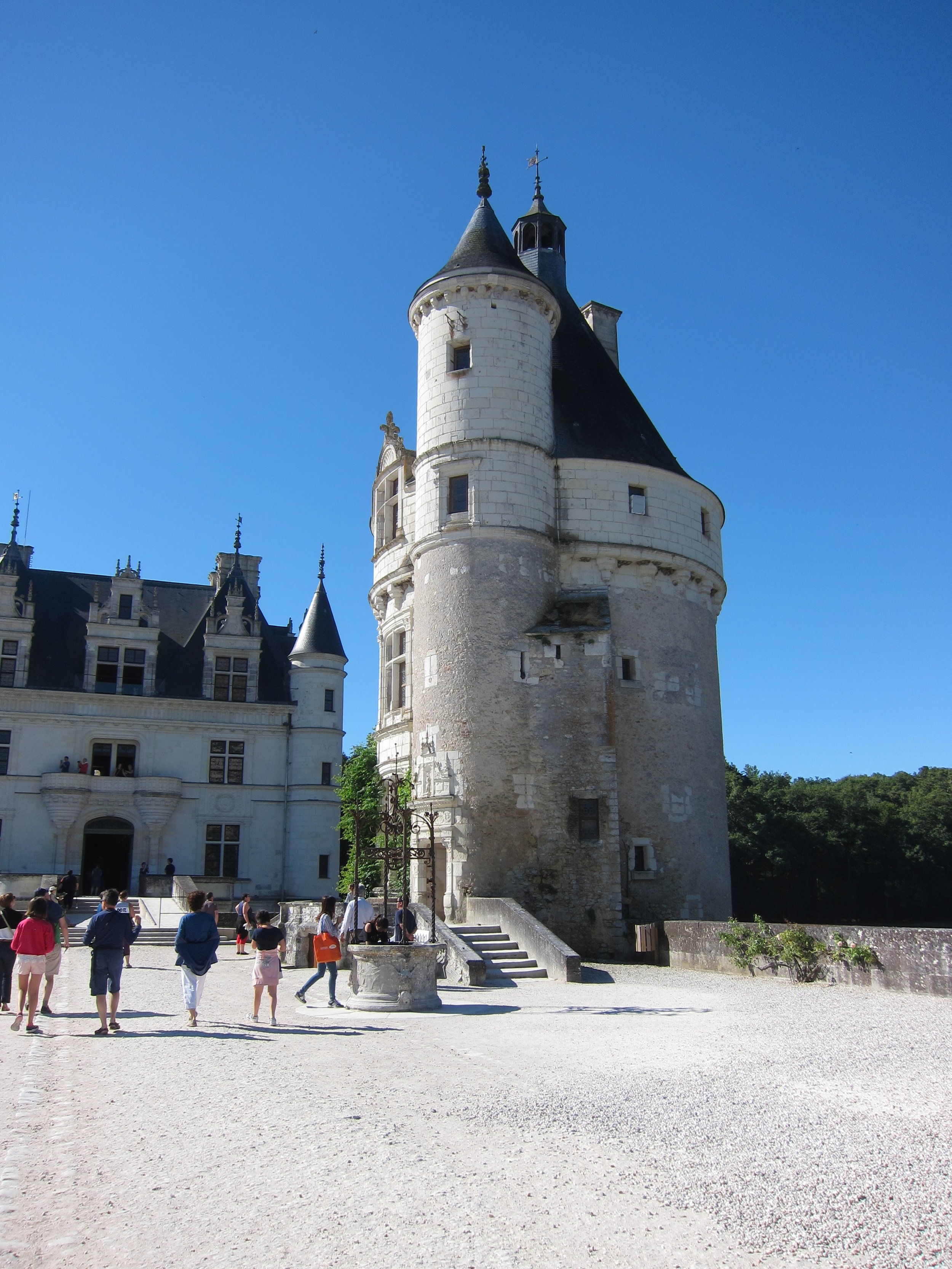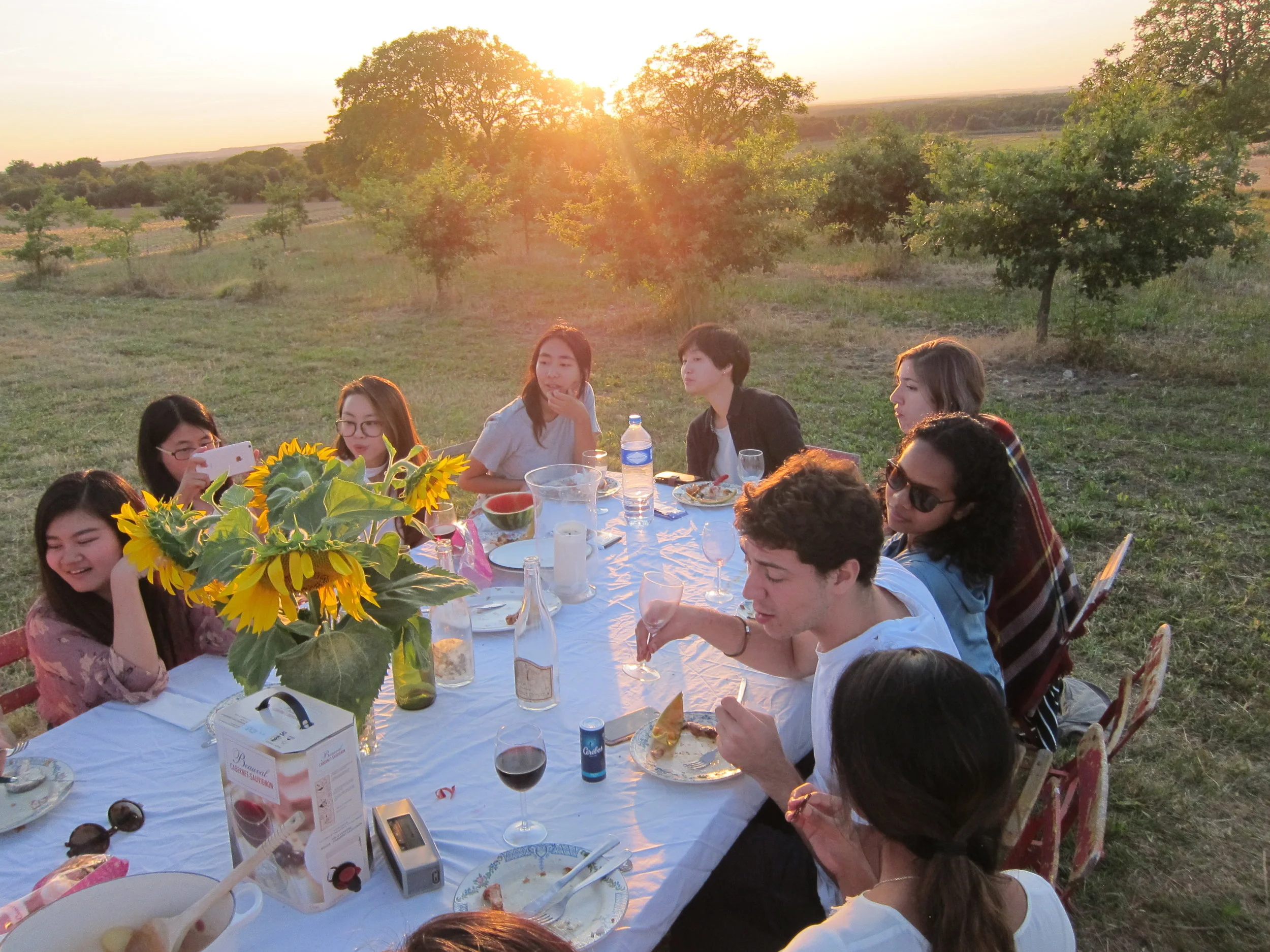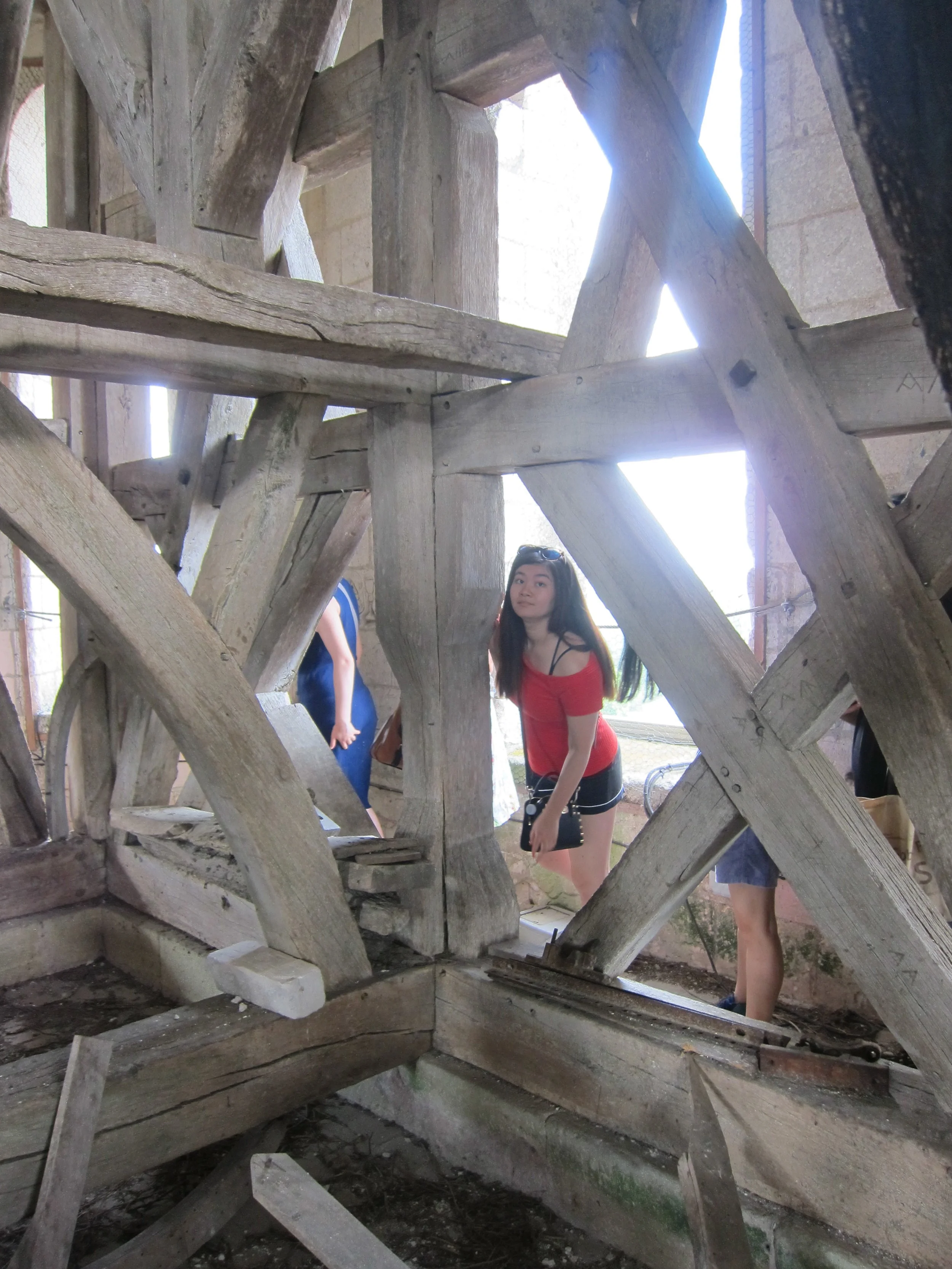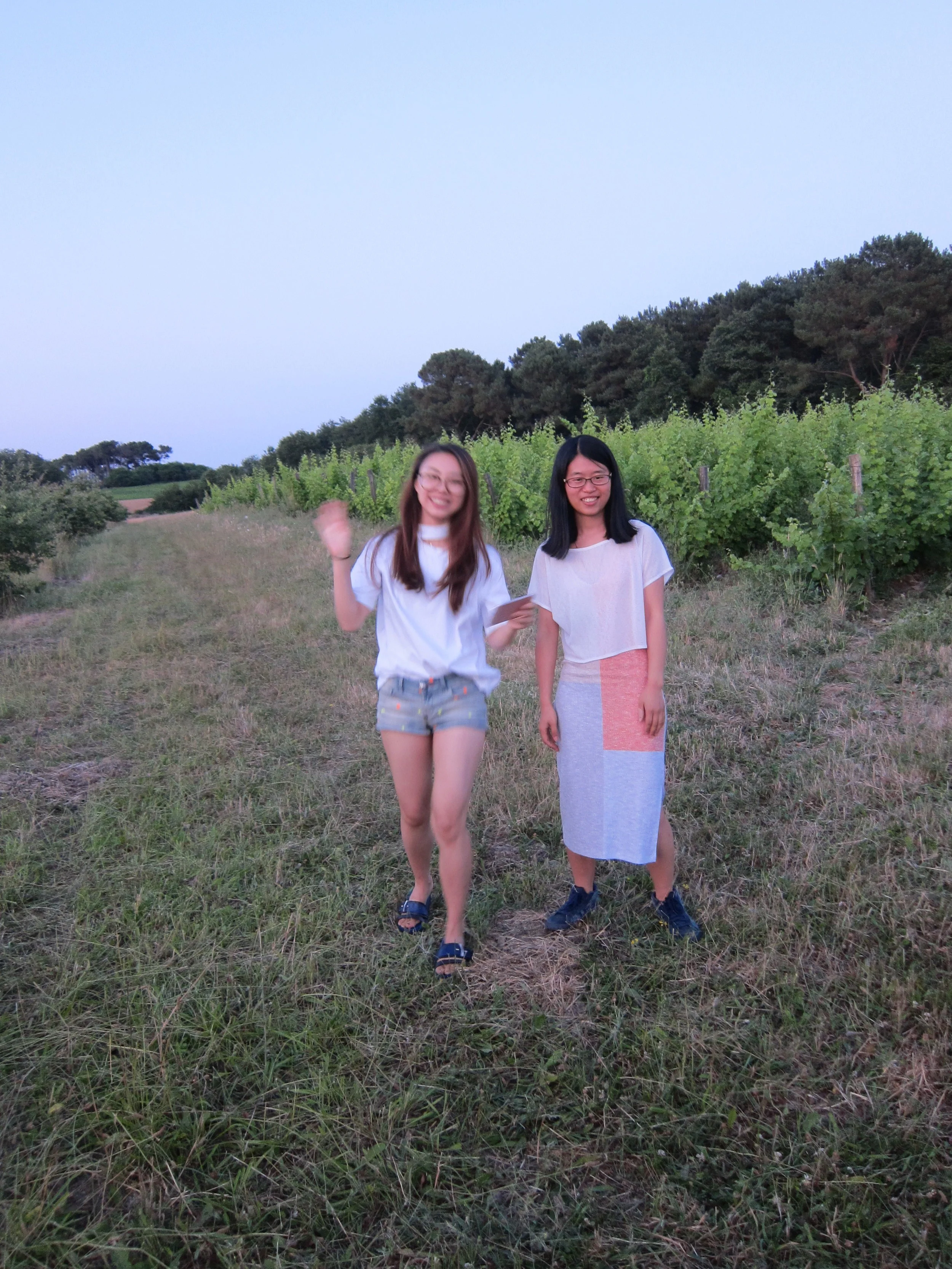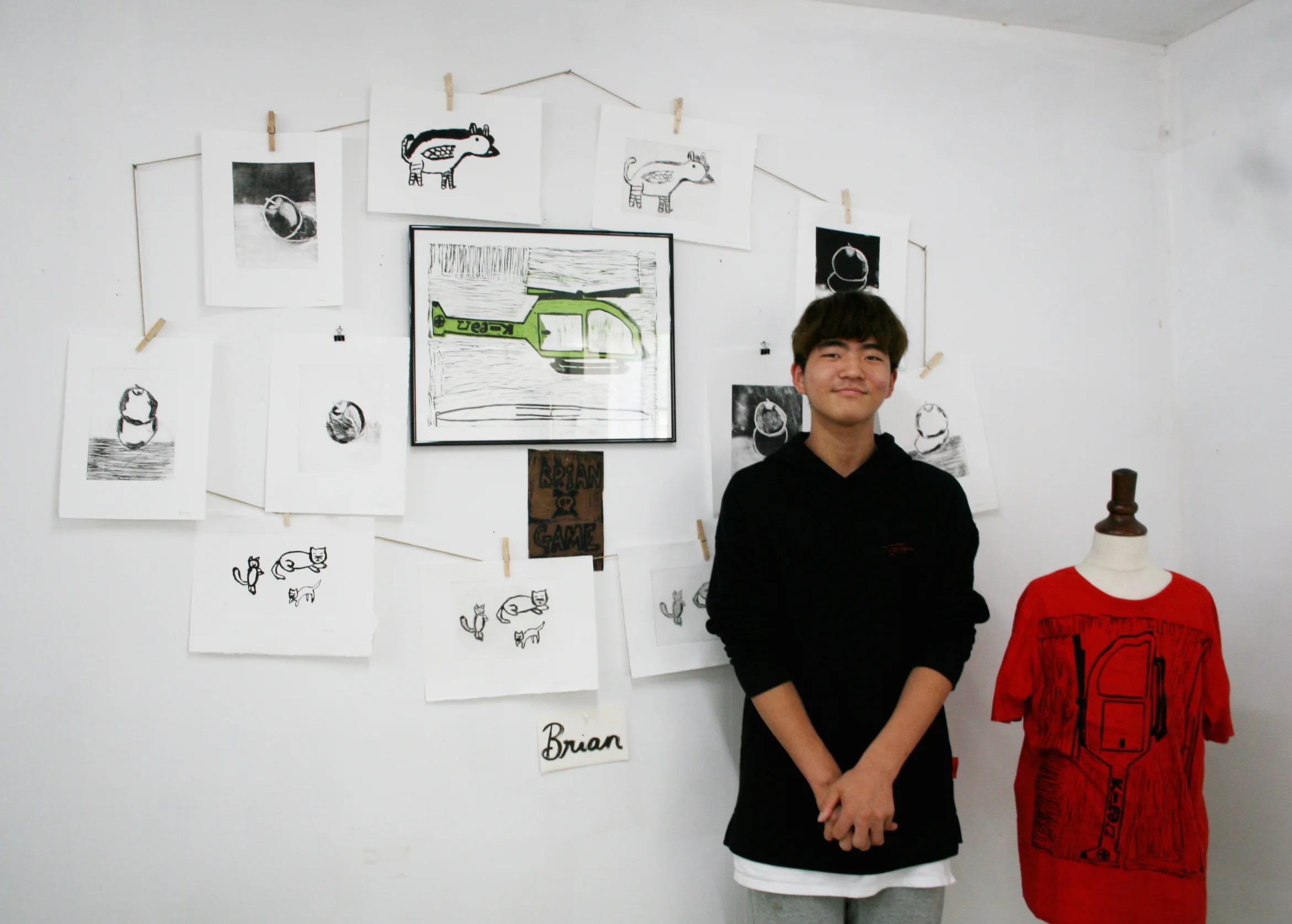
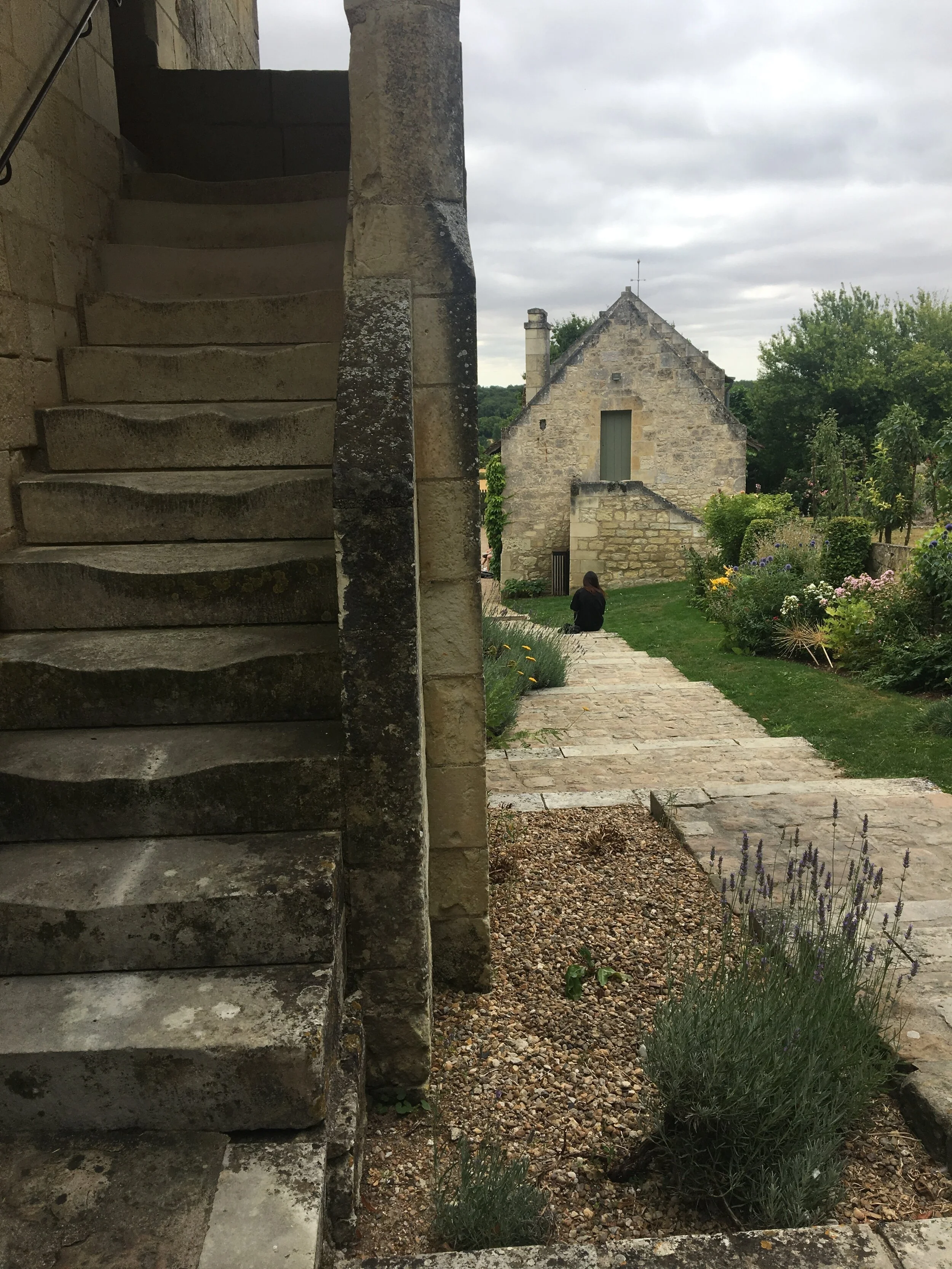
.01
ABOUT THE CLASS
In the summer of 2025, Le Goût Workshop will take place in the first three weeks of july
dates have not yet been set. Please check back in with us in mid december
A three week long immersion into printmaking, architecture, design and culinary art in the historical village of Richelieu, in the region of Touraine in the Loire Valley of France. Students will be invited to expand their creative practice and mentored through developing their portfolio in classes taught by college faculty and practitioners. This year we are particularly interested in exploring the potential of creative work to generate a desired future.
We invite students who are ready to stretch their horizons, interested in professionalizing their creative work, and are excited to learn in a group setting. Programming will include workshops, field trips, site visits, skill building, communal dinners, and will culminate in a show of student work open to the public.
Gallery of images above from our 2023 Workshop, for more photos please visit out instagram feed @le_gout_workshop and updated photos from our affiliated school @1_5designlab
Gallery of images above from our 2022 Workshop, for more photos please visit out instagram feed @le_gout_workshop and updated photos from our affiliated school @1_5designlab
“All tastes have the quality of being in some ways artificial and invented”

.02
THE TOWN
HISTORY
In 1343, salt became a state monopoly by order of the Valois king Philip VI, who established the gabelle, the tax on salt. Anjou was part of the "great gabelle" area and encompassed sixteen special tribunals or "salt granaries", including that of Richelieu.
The village was a 17th-century model "new town". It was built at the order of Cardinal Richelieu (1585–1642), who had spent his youth there and bought the village of his ancestors; he had the estate raised to a duché-pairie August 1631. He engaged the architect Jacques Lemercier, who was already responsible for the Sorbonne and the Cardinal's hôtel in Paris, the Palais Cardinal (now the Palais-Royal). With the permission of King Louis XIII, he created from scratch a walled town on a grid arrangement, and, enclosing within its volumes the modest home of his childhood, an adjacent palace, the Château de Richelieu, surrounded by an ornamental moat and large imposing walls enclosing a series of entrance courts towards the town and, on the opposite side, grand axially-planned formal vista gardens of parterres and gravel walks, a central circular fountain, and views reaching to an exedra cut in the surrounding trees and pierced by an avenue in the woodlands extending to the horizon. The pleasure grounds were enclosed in woodland; since their innovative example was followed and extended at Vaux-le-Vicomte and in the gardens of Versailles, and since André Le Nôtre's father was employed at Richelieu in 1629, and it is not improbable that the young boy was employed as well, it is worth making a detailed survey. Construction took place between 1631 and 1642 – the year of the Cardinal's death – and employed around 2000 workers.
GEOGRAPHY
The town itself (as distinct from the Château grounds) is about 700 meters long by 500 meters wide. It is accessible by three monumental gates; a fourth, dummy gate exists to respect the symmetry of the whole. The urban plan revolves around two symmetrically arranged places: Place Royale (now Place des Réligieux) and the Place du Cardinal (now Place du Marché), in which are grouped the presbytery, the "audience" (now the town hall), a covered open market hall (still surviving, with wooden pillars and roof beams) and shops.
To ensure quick settlement, the Cardinal imposed no city taxes. In return, buyers of plots for construction undertook to build within two years a "flag" or a house according to the plans and specifications filed with the court of the city, while being forced to choose as builder one of the Cardinal's appointees. A register of specific transactions is kept, allowing historians to know today the list of owners of the original buildings of the city.
Upon the death of Cardinal, the city ceased to grow, but continued to have illustrious visitors, like Louis XIV, Jean La Fontaine, and Voltaire. According to La Fontaine, Richelieu was at the time of writing the "most beautiful village of the universe."
TODAY
Today Richelieu is a small town that is rich in history and bursting with art and culture. Picturesque and true to its history of being an ideal city, the Mayor is working with residents to keep a strong a lively community of makers. Weekly markets and the surrounding farmland keep the town anchored in its place and culture of the Loire Valley.

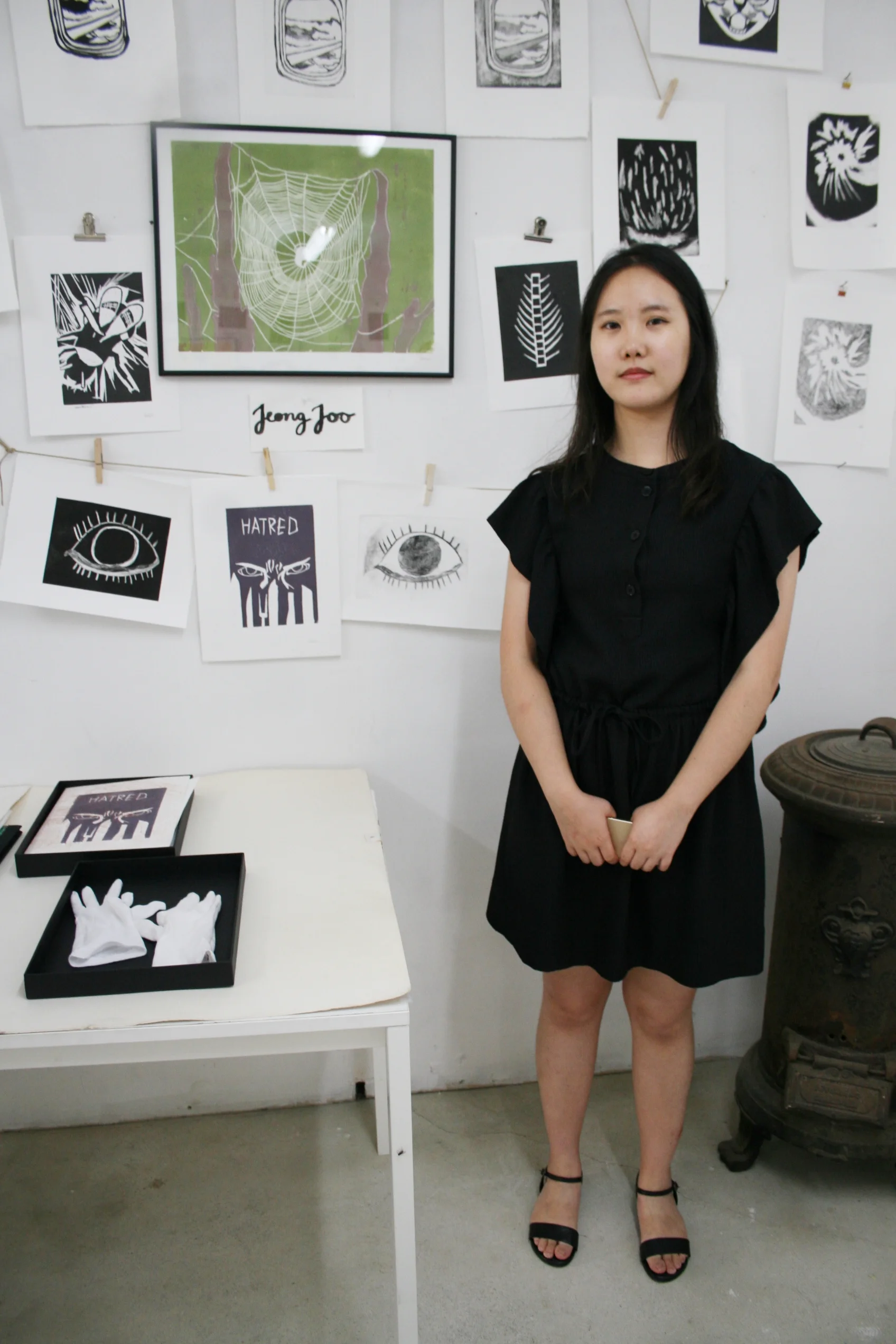
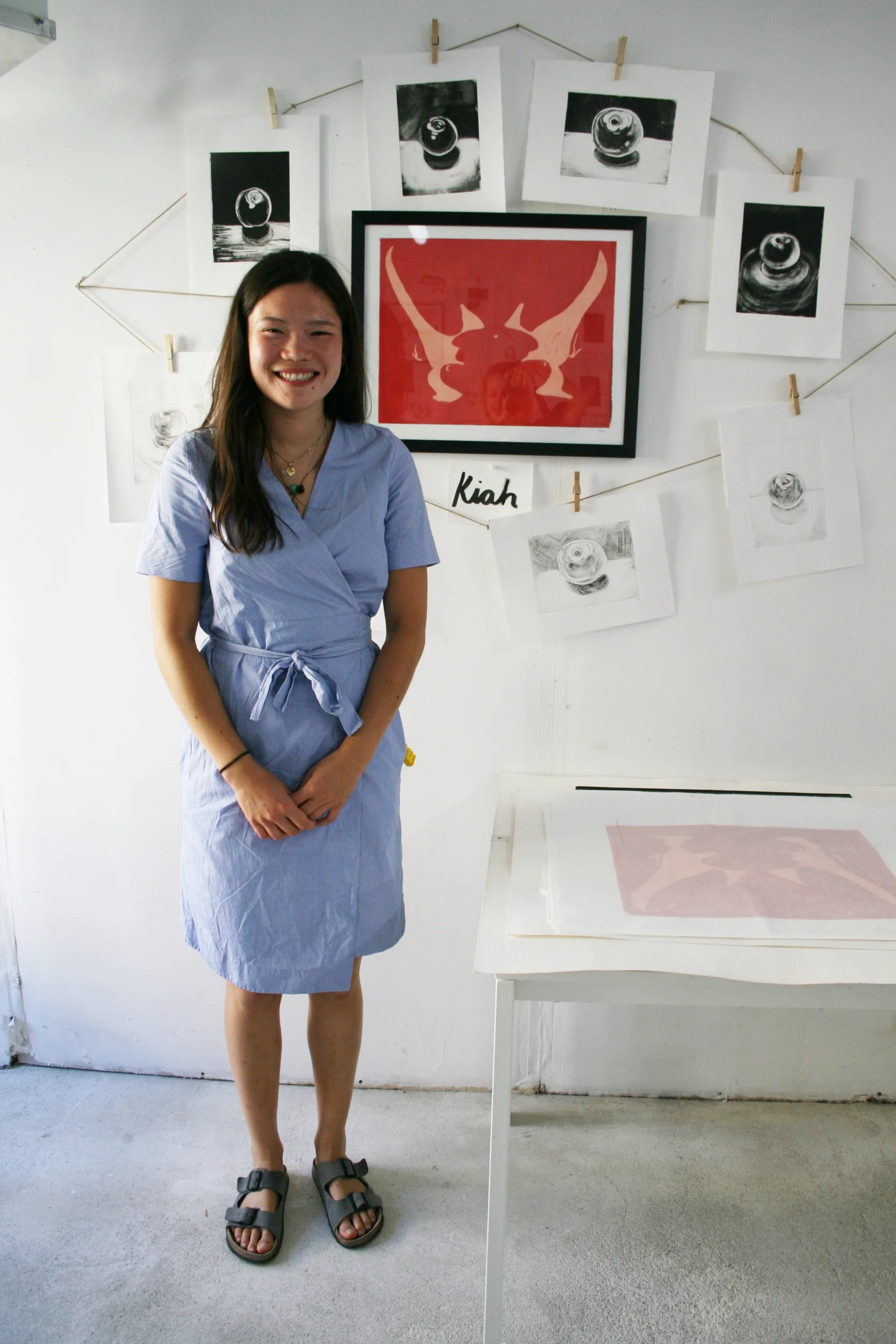
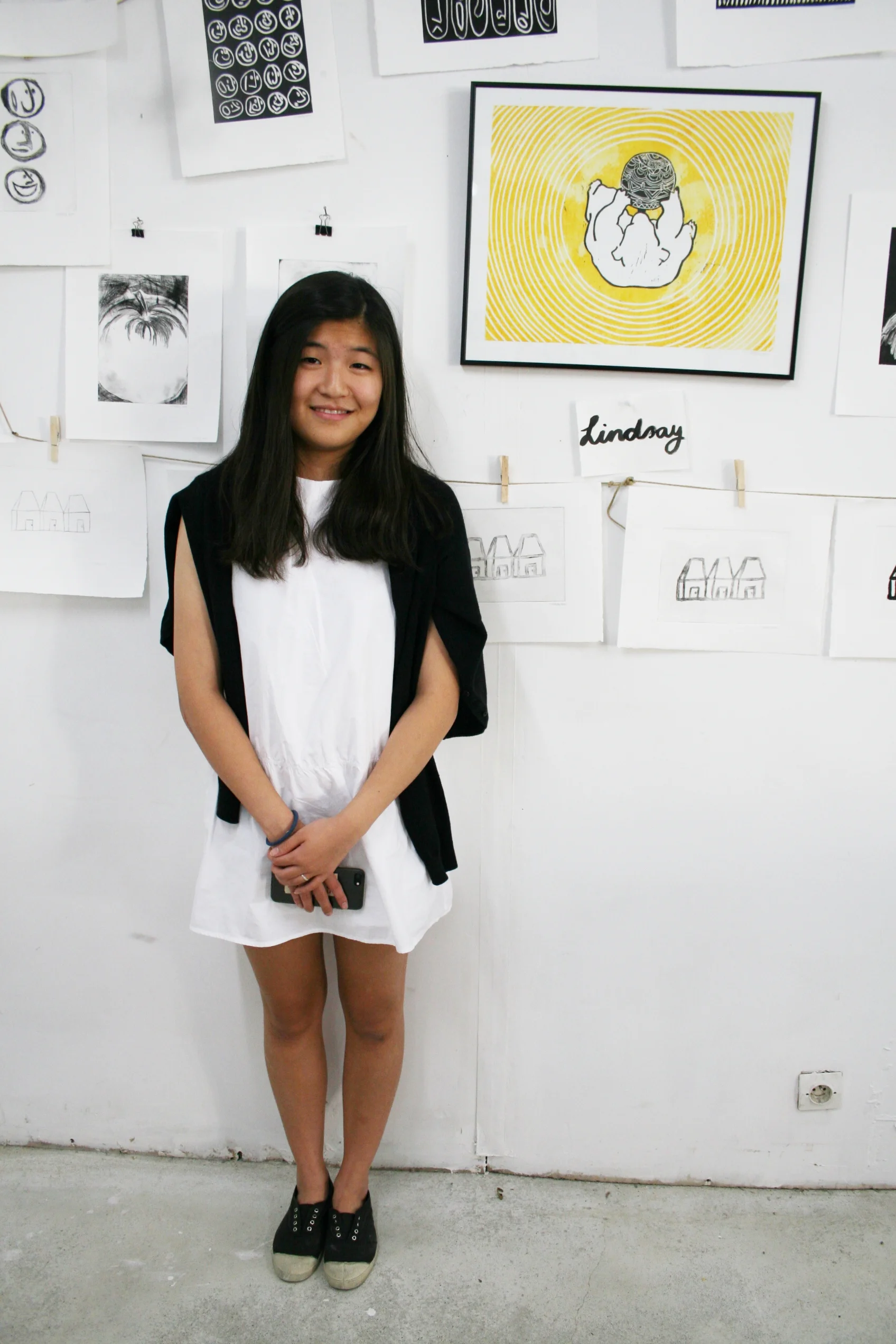

.04
Le Goût Workshop 2025
SCHEDULE:
/// PLEASE COME BACK MID DECEMBER
The class will run for three weeks with a final critique and vernissage. Students will spend morning, afternoon and evening sessions between studio and town, and exploring the rich Loire Valley . There will be three main workshops playing on a theme, students will be working in printmaking, architecture, and cuisine.
the class:
/// PLEASE COME BACK MID DECEMBER
The workshops for the Summer 2025 session have not been finalized but will include classes in architecture, printmaking and cuisine.
Tuition:
For tuition information please contact us (contact information at the bottom of the page)
ROOM AND BOARD:
Room and board is included with tuition. Students will be housed around the central Place Louis XIII in the center of town, within walking distance of studio space. Meals will be prepared, shared, and enjoyed in a communal space alongside the studios.
Gallery: Le Gout 2016
students from RISD and 1-5 DesignLab (https://www.1-5designlab.com)
.05
CONTACT US
Questions? Comments? Please include Le Gout Workshop in the subject line.
Margaux Van Houtte @
legoutworkshop@gmail.com
or use our form:





























